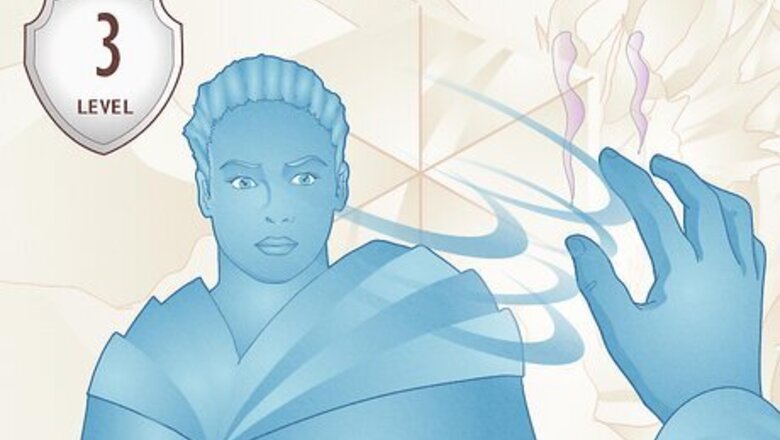
views
What is Counterspell in D&D 5e?
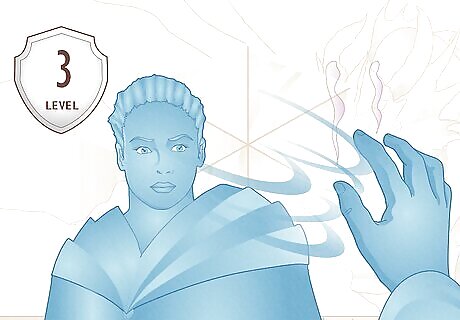
Counterspell is a 3rd-level abjuration spell in D&D 5e. Counterspell is a quick way to stop enemies from casting spells on your PC (player character) or their allies by stopping the enemy’s spell from firing at all. Because it essentially “counters” enemies, it makes for a super useful trick to pull out in moments when you can’t afford to deal with the fallout from another enemy spell. Casting time: 1 reaction Duration: Instantaneous Range: 60 feet Components: Somatic
How to Cast Counterspell
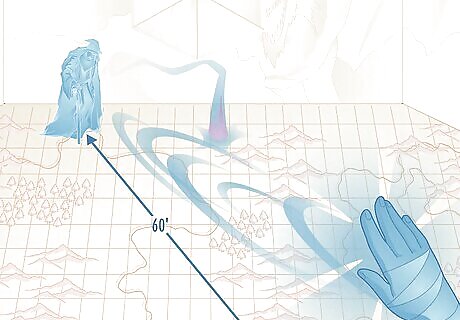
Cast Counterspell when a creature within 60 feet casts a spell. As soon as an enemy starts casting (so long as they’re visible to your PC), you can declare that your PC is casting Counterspell. If the spell being cast is 3rd-level or lower, it fails and has no effect, with the enemy also losing the spell slot they spent to cast it. For example, say you’re fighting a bandit wizard. If the wizard cast Magic Missile at an ally and you cast Counterspell in retaliation, Magic Missile would fail because it’s a level 1 spell. Counterspell requires somatic components only, meaning your PC only needs one hand free to make a set of gestures in order to cast the spell.
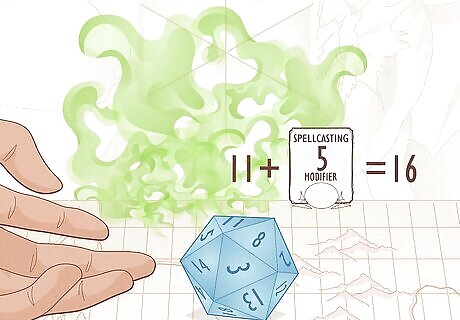
Make an ability check to counter higher-level spells. When you cast Counterspell at its base level (3), and the spell you’re trying to counter is 4th-level or higher, make an ability check using your PC’s spellcasting ability modifier. The ability check’s DC (difficulty class) is 10 + the level of the spell you’re trying to counter. On a successful check, the spell fails and has no effect. For example, say you’re fighting a powerful archmage who casts Cloudkill on the entire party. Cloudkill is a level 5 spell. So, if you try to Counterspell the archmage with a 3rd-level Counterspell, the DC would be 15 (10 + 5). To make the ability check, you’d have to roll a d20 and add your PC spellcasting ability modifier to the roll. For example, if you rolled an 11 and your PC’s spellcasting modifier was 5, the total would be 16—which exceeds the DC and is, therefore, a success. On the other hand, if you rolled a 6 for a total ability check of 11, Cloudkill would still take effect because the ability check is lower than the DC.
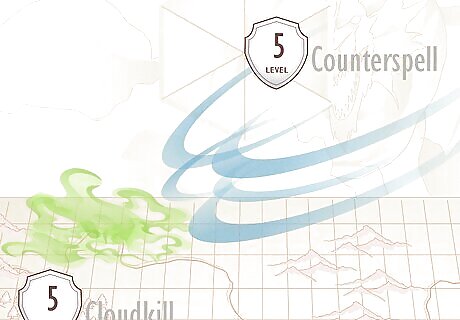
Use a higher-level spell slot to counter more powerful spells. You can also cast Counterspell at a higher level than 3rd (if you have the available spell slots). Counterspell will always successfully interrupt and stop a spell when the spell’s level is less than or equal to the level you cast Counterspell at. For example, say the archmage casts Cloudkill at level 5, but you decide to have your PC cast Counterspell at level 5 as well. Since you’re casting Counterspell at the same level as Cloudkill, Counterspell would automatically succeed and cancel out the Cloudkill. Similarly, if you cast Counterspell at level 6, it would automatically succeed because it’s a higher level than Cloudkill.
Counterspell Mechanics

You can counter any spell in the process of being cast. There’s really no limit to the spells you can counter with Counterspell, so long as the spell in question is still being cast (since that’s specified in Counterspell’s official description). This includes spells with a longer casting time (like rituals that take several minutes to complete) and spells cast from magic items (like wands). Since Counterspell can apply to anything that’s specifically a spell, wands are definitely susceptible. So, if you tried to counter a Wand of Fireballs, you could do so. However, if an enemy spellcaster were concentrating on an Invisibility spell, you wouldn’t be able to Counterspell it (since the spell was already cast).
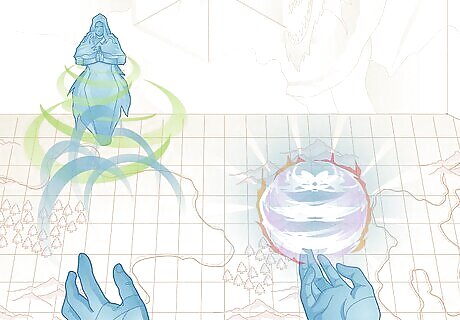
It is possible to counter someone else’s Counterspell. Counterspell isn’t just for other spells; you can also cancel out other Counterspells when necessary. If an enemy spellcaster tries to Counterspell one of your PC’s spells, you can opt to have your PC Counterspell them in turn, thus potentially canceling the enemy’s Counterspell and allowing your spell to succeed. For example, say you try casting Fireball, and an enemy archmage casts a level 3 Counterspell to stop you. If your PC casts their own 3rd-level Counterspell, the archmage’s Counterspell would automatically fail and your Fireball would take effect.

You’ll lose a spell slot if you get Counterspelled. Because Counterspell interrupts a spell in the process of being cast, the spell slot used to start casting that spell gets consumed even if the spell is canceled from a Counterspell. That makes Counterspell a great way to drain an enemy’s spell slots—but also a troublesome spell for your PC and their allies. Similarly, Counterspell can cause you to lose concentration on a spell if it hits you in the process of ending one concentration spell to cast another. Basically, if you’re concentrating on one spell and then start casting a new concentration spell, both spells would fail if your PC were Counterspelled—not just the new spell being cast.
Which classes can cast Counterspell?

Sorcerers, wizards, and warlocks can cast Counterspell. Wizards can also opt for the Abjuration Arcane Tradition as their subclass, allowing them to add their proficiency bonus to Counterspells at level 10 (and making their Counterspells more powerful). Although wizards, sorcerers, and warlocks are the only 3 classes with complete access to Counterspell, certain subclasses can also cast it: Bards. Any bard can use their Magical Secrets feature to learn Counterspell, even though it’s not on the bard’s class list. Eldritch Knights. This fighter subclass can learn Counterspell at level 13. Arcane Tricksters. This rogue subclass can learn Counterspell at level 14. Oath of Redemption and Oath of Watchers. These paladin subclasses can cast Counterspell at level 9.
Pros of Counterspell

You can protect allies (and yourself) from enemy spells. There are plenty of instances where Counterspell can change the course of a battle. You can use it to stop spells that might grievously hurt your PC or kill them outright, and it can stop area-of-effect spells that might cause a TPK (total party kill). Essentially, Counterspell is your quick way to stop bad things from happening to the party. For example, you might Counterspell an enemy’s attempts to summon a demon, thus preventing the battle from getting much harder (and leaving the enemy spellcaster vulnerable). However, remember that enemies can Counterspell you too, which makes Counterspell dangerous as well as helpful. If used against you, it can prevent your PC from healing party members or taking down powerful enemies.
Cons of Counterspell

You may not always know which enemy spells are being cast. The main drawback of Counterspell is that the DM can decide how much information you learn about the spell being cast. So, it’s not always obvious if you’re about to Counterspell something very powerful or something that doesn’t really need to be Counterspelled. Some DMs might tell you exactly what spell is being cast and let you decide from there if you want to Counterspell it. However, others might simply describe what an enemy spellcaster is doing (chanting, making intricate gestures) without saying what spell they’re casting. Try asking the DM if you can roll an Arcana check to identify the spell being cast. That might give you a better idea of whether you want to cast Counterspell. When in doubt about the type of spell, it’s usually better to cast a low-level Counterspell (3rd level, or as close to that as possible). That way, you won’t waste a super high-level slot if the spell ends up being unnecessary.














Comments
0 comment